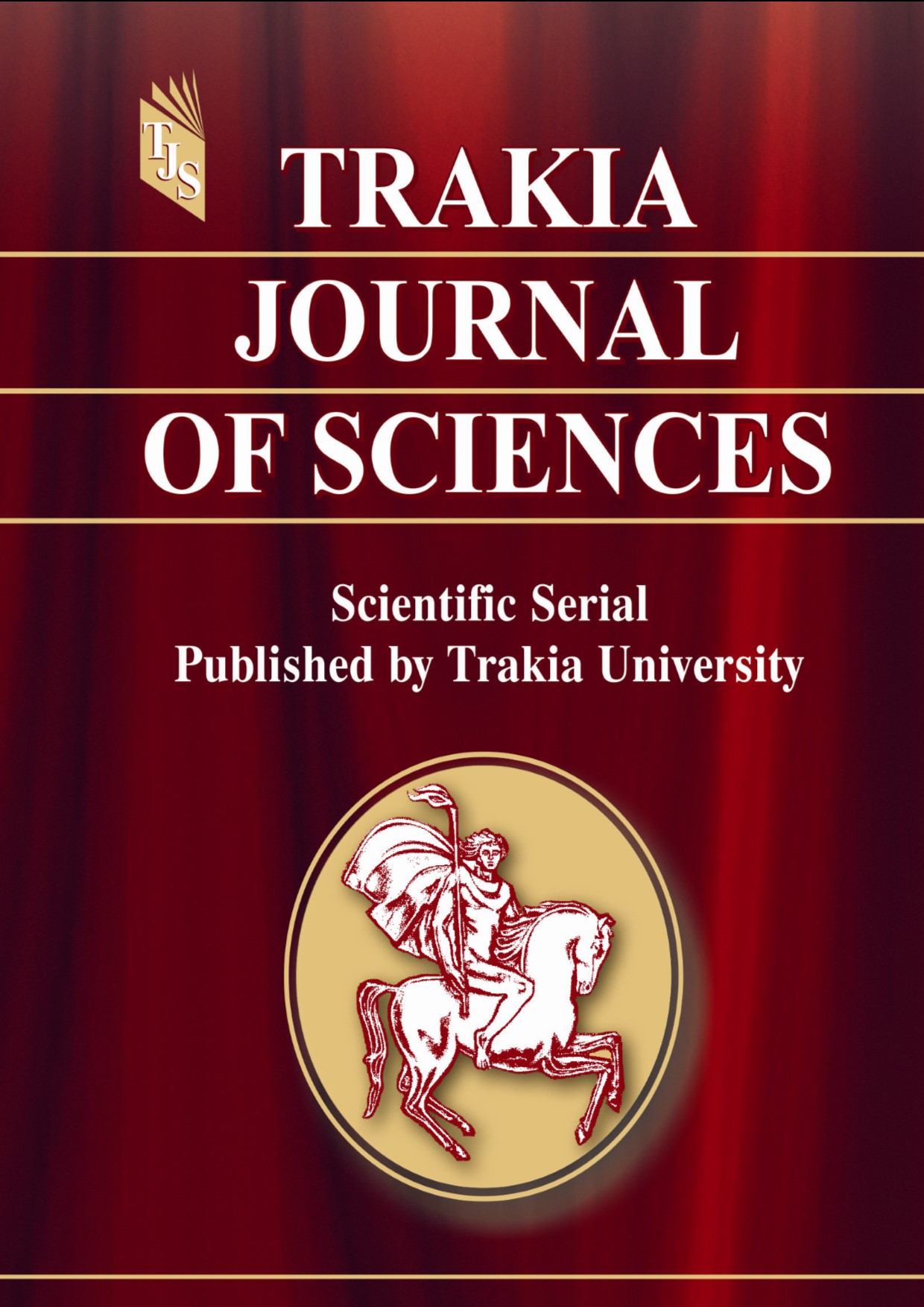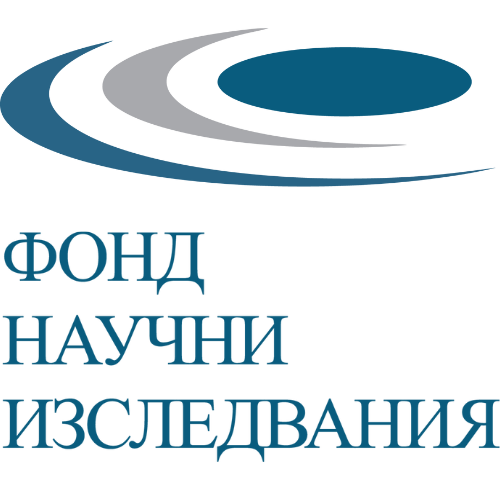CARCASS CHARACTERISTICS, NUTRITIONAL VALUE AND SAFETY OF CROCODILE MEAT
DOI:
https://doi.org/10.15547/tjs.2024.03.010Keywords:
crocodile meat, nutritional value, meat compositionAbstract
In the last few years, the European Union has reported increased imports of fresh, chilled or frozen meat, including crocodile meat. Industry has been developing and has invested largely in its efforts to improve quality and increase meat yield by innovating its methods of farming, feeding and carcass processing. The reason, on the one hand, is the fact that crocodile meat is perceived not only as “exotic” and “adventure”, but also as dietary and healthy, with high nutritional value, due to its low fat and sodium content and high protein percentage. The approximate composition of Crocodylus niloticus meat shows protein levels of 15.7-22.08%. In the other species Crocodylus pororsus, Caiman yacare, Alligator mississippiensis and Caiman latirostrisis the average amount of protein is 20-21%, making it a food rich in protein, such as chicken, pork, lamb and beef. Crocodile meat contains high levels of monounsaturated fatty acids (MUFA) – between 33.2% and 51.3% and saturated fatty acids (SFA) – between 26.0% and 41.4%. It is quite delicate, with low cohesiveness, high elasticity and tenderness. It is juicy, without the presence of connective tissue with an intense taste and an almost imperceptible aroma. Iron, magnesium and sodium levels in crocodile meat are lower than those in beef and chicken. The low sodium content is another indication of the health benefits of crocodile meat. The paper dwells on the qualitative characteristics of crocodile meat, focusing on its safety as a product for human consumption and presents data about by-products obtained from crocodiles used in ancient and modern medicine, beneficially affecting human health.
References
Tosun, D. D., Crocodile farming and its present state in global aquaculture. Journal of Fisheries Sciences. 7:43, 2013.
Zhang, X., Armani, A., Giusti A., Wen, J., Fan, S., Ying, X., Molecular authentication of crocodile dried food products (meat and feet) and skin sold on the Chinese market: implication for the European market in the light of the new legislation on reptile meat. Food Control, 124: 107884, 2021.
European Food Safety Authority (EFSA), Public health risks involved in the human consumption of reptile meat ‐ Scientific Opinion of the Panel on Biological Hazards. EFSA Journal, 5:578, 2007.
Regulation (EU) 2015/2283. (2015). Regulation (EU) 2015/2283 of the European Parliament and of the Council of 25 November 2015 on novel foods, amending Regulation (EU) No 1169/2011 of the European Parliament and of the Council and repealing Regulation (EC) No 258/97 of the European Parliament and of the Council and Commission Regulation (EC) No 1852/2001. Official Journal of the European Union, 327, 1–22.
Domínguez, R., Pateiro, M., Munekata, P. E., Gagaoua, M., Barba, F. J., Lorenzo, J. M., Exotic Meats: An Alternative Food Source. In: Lorenzo, J., Munekata, P., Barba, F., Toldrá, F. (eds) More than Beef, Pork and Chicken – The Production, Processing, and Quality Traits of Other Sources of Meat for Human Diet. Springer, Cham. 2019.
Hoffman, L. C., and Cawthorn, D. M. What is the role and contribution of meat from wildlife in providing high quality protein for consumption? Animal frontiers, 2:4, 40-53, 2012.
Cooper, J. E. Wildlife species for sustainable food production. Biodiversity and Conserv. 4:215–219, 1995.
Dolly, D. A., Tardieu, L., Carcass characteristics and nutritional profile of wild Caiman crocodilus (Spectacled Caiman) meat. Emerging Animal Species, 9:100032, 2023.
Uys, N., The development of an acceptable culinary product using crocodile meat (Doctoral dissertation, University of Pretoria), 2019.
Černíková, M., Gál, R., Polášek, Z., Janíček, M., Pachlová, V., Buňka, F., Comparison of the nutrient composition, biogenic amines and selected functional parameters of meat from different parts of Nile crocodile (Crocodylus niloticus). Journal of Food Composition and Analysis, 43:82-87, 2015.
Hoffman, L. C., Fisher, P. P., Sales, J., Carcass and meat characteristics of the Nile crocodile (Crocodylus niloticus). Journal of the Science of Food and Agriculture. 80:1-7, 2000.
Cossu, M. E., Gonzáles, O. M., Wawrzkiewicz, M., Moreno, D., Vieites, C. M., Carcaça e qualidade da carne dez jacarés (Caiman latirostris ou jacaré de-papo amarelo e Caiman jacaré). Brazilian Journal of Veterinary Research and Animal Science, 44:329, 2007.
Moody, M. W., Coreil, P., Rutledge, J., Alligator meat: an evaluation of a new seafood. Proc 6th Ann Tropical and Subtropical Fisheries Technological Conf of the Americas, San Antonio, TX, April. 158-160, 1981.
Romanelli, P. F., Felicio, P. E., Jacare do Pantanal (Caiman crocodilus yacare): Rendimientos de abate e composic_ao da carne. Higiene Alimentar. 13:11-15, 1999
Medeiros, N. B., Rodrigues, M., Morais, D. H., Nunes-Rodrigues, M. D., Carcass and commercial cuts yields of caiman (Caiman crocodilus yacare) farmed in a ranching system in the Brazilian Pantanal. Anais da Academia Brasileira de Ciências, 93:e20190949, 2021.
Ahmad, R. S., Imran, A., Hussain, M. B., Nutritional composition of meat. Meat science and nutrition. 61:61-75, 2018.
Huang, Y. R., Tsai, Y. H., Liu, C. L., Syue, W. Z., Su, Y. C., Chemical Characteristics of Different Tissues of Spectacled Caiman (Caiman crocodilus). Journal of aquatic food product technology, 27: 132-143, 2018.
Mitchell, G. E., Reed, A. W., Houlihan, D. B., Composition of crocodile meat (Crocodylus porosus and Crocodylus johnstoni). Food Australia: Official journal of CAFTA and AIFST, 47:221-222, 1995.
Simoncini, M. S., Lábaque, M. C., Perlo, F., Fernandez, M. E., Leiva, P. M., Paez, A. R., Piña, C. I., Caiman latirostris meat characterization: Evaluation of the nutritional, physical and chemical properties of meat from sustainable ranching program in Argentina. Aquaculture. 515:734570, 2020.
Leak, F. W., Lane, T. J., Johnson, D. D., Lamkey, J. W., Increasing the profitability of Florida alligator Carcasses1. Institute of Food and Agricultural Services, AN137U-University of Florida, 2003
Geletu, U. S., Usmael, M. A., Mummed, Y. Y., Ibrahim, A. M., Quality of cattle meat and its compositional constituents. Veterinary Medicine International, 1-9, 2021.
Pereira, P. M. D. C. C., Vicente, A. F. D. R. B., Meat nutritional composition and nutritive role in the human diet. Meat science, 93: 586-592, 2013.
Chen, J., Liu, H., Nutritional indices for assessing fatty acids: A mini-review. International Journal of Molecular Sciences, 21:5695, 2020.
Hoffman, L. C., The yield and nutritional value of meat from African ungulates, camelidae, rodents, ratites and reptiles. Meat science, 80: 94-100, 2008.
Al-Khalifa, H., Al-Naser, A., Ostrich meat: Production, quality parameters, and nutritional comparison to other types of meats. Journal of Applied Poultry Research, 23:784-790, 2014.
Balowski, M., Sobczak, M., Zochowska-Kujawska, J., Pytel-Zajac, O., Niedzwiedz, M., Comparison of meat quality of selected exotic animals species. Folia Pomeranae Universitatis Technologiae Stetinensis. Agricultura, Alimentaria, Piscaria et Zootechnica. 36:5-13, 2015.
Manolis, S. C., Webb, G. J. W., Best Management Practices for Crocodilian Farming. Version 1. IUCN-SSC Crocodile Specialist Group: Darwin, Australia, 2016.
Madsen, M., Milne, J. A. C., Chambers, P., Critical control points in the slaughter and dressing of farmed crocodiles. Journal of Food Science and Technology. 29:265-267, 1992.
Nevarez, J., Crocodilians. In Manual of exotic PET practice. WB Saunders. 112-135, 2009.
Magnino, S., Colin, P., Dei-Cas, E., Madsen, M., McLauchlin, J., Nöckler, K., Van Peteghem, C., Biological risks associated with consumption of reptile products. International journal of food microbiology. 134:163-175, 2009.
Rostami, A., Gamble, H. R., Dupouy-Camet, J., Khazan, H., Bruschi, F., Meat sources of infection for outbreaks of human trichinellosis. Food microbiology, 64: 65-71, 2017.
Pozio, E., New patterns of Trichinella infection. Veterinary parasitology, 98: 133-148, 2001.
Ebani, V. V. (2024). Staphylococci, Reptiles, Amphibians, and Humans: What Are Their Relations?. Pathogens, 13(7).
Wilson, J. M., Platts-Mills, T. A., Meat allergy and allergens. Molecular immunology, 100: 107-112, 2018.
Ballardini, N., Nopp, A., Hamsten, C., Vetander, M., Melén, E., Nilsson, C., Van Hage, M., Anaphylactic reactions to novel foods: case report of a child with severe crocodile meat allergy. Pediatrics. 139: e20161404, 2017.
Siddiqui, R., Maciver, S., Elmoselhi, A., Soares, N. C., Khan, N. A., Longevity, cellular senescence and the gut microbiome: Lessons to be learned from crocodiles. Heliyon. 7, 2021.
Buthelezi, S., Southway, C., Govinden, U., Bodenstein, J., du Toit, K., An investigation of the antimicrobial and anti-inflammatory activities of crocodile oil. Journal of ethnopharmacology, 143:325-330, 2012.
Venter, T., Characterisation, toxicology and clinical effects of crocodile oil in skin products (Doctoral dissertation, North-West University), 2012.
Chook, C. Y. B., Chen, F. M., Leung, F. P., Chen, Z. Y., Wong, W. T., Potential of crocodile blood as a medication and dietary supplement: A systemic review. Clinical and Experimental Pharmacology and Physiology, 48:1043-1058, 2021.
Junkuszew, A., Nazar, P., Milerski, M., Margetin, M., Brodzki, P., Bazewicz, K., Chemical composition and fatty acid content in lamb and adult sheep meat. Archives Animal Breeding, 63: 261-268, 2020.

Downloads
Published
Issue
Section
License
Copyright (c) 2024 Trakia University

This work is licensed under a Creative Commons Attribution-NonCommercial 4.0 International License.


